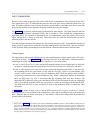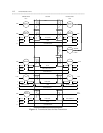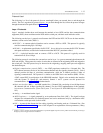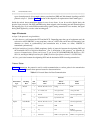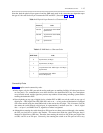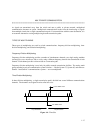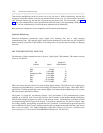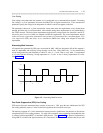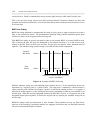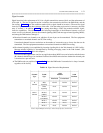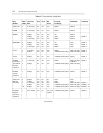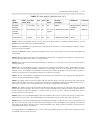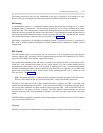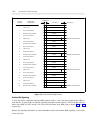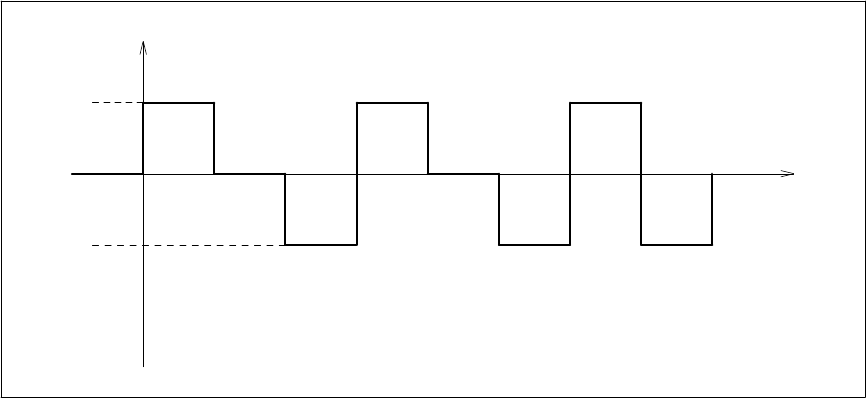
MULTIPLEXED COMMUNICATION 1-19
_ ______________________________________________________________________________________
_ ______________________________________________________________________________________
_ ______________________________________________________________________________________
Line Coding
Line coding is the pattern that data assumes as it is propagated over a communications channel. Governing
line coding is a set of parameters that must be defined for all digital transmissions. These transmission
parameters specify the voltage level and patterns in which 1s and 0s can appear on the line.
The parameters chosen for a given transmission stream must meet the requirements set by the hardware
through which the data is to be transmitted. Most notable among these requirements are two established by
the AT&T network. The first of these requirements states that the voltage on the line should be a net DC 0.
Alternating mark inversion (AMI) was adopted to fulfill this requirement. The second requirement, known
as the ones density requirement, states that in every stream of 15 consecutive bits, a one must appear. Zero
code suppression (ZCS) and binary 8-zero substitution (B8ZS) line coding were adopted to meet this
requirement.
Alternating Mark Inversion
All transmissions generated by DS1 ports are encoded in AMI. AMI was designed to fill the line repeater’s
need for dependable and recurring voltage changes on the line. With AMI, every 1 in the transmission
stream changes the line state alternately to either +3 volts or −3 volts. That is, every other 1 is represented
as +3 volts, with the following 1 being represented as −3 volts. A zero is always represented as 0 volts.
(See figure 1-5.)
0 1 0 1 1 0 1 1 1
v(t)
-3
+3
t
Figure 1-5. Alternating Mark Inversion
Zero Code Suppression (ZCS) Line Coding
ZCS ensures that each transmitted byte contains at least one 1. DS1 ports that are administered for ZCS
line coding arbitrarily insert a 1 in the second least-significant bit of each all-zeros byte.
The arbitrary insertion of 1s in the transmission stream presents a problem for data because of the obvious
corruption that ZCS line coding produces. To avoid data corruption, at the originating data module the data
is encoded with inverted HDLC or inverted LAPD protocol. (See appendix D for protocol explanations.)
Using HDLC or LAPD with signal inversion (all 1s become 0s; all 0s become 1s) ensures that no byte will



